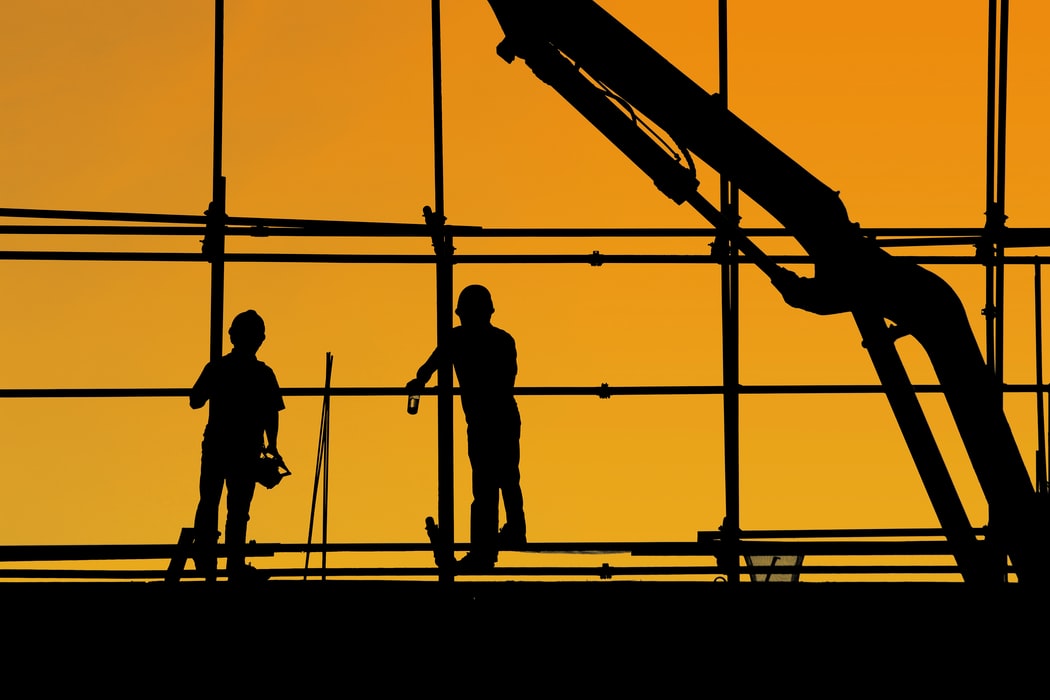“Kaizen” is the phrase of the moment for most startup businesses these days, and it’s easy to understand why.


“Kaizen” is the phrase of the moment for most startup businesses these days, and it’s easy to understand why. The philosophy speaks to maximized value with minimal waste, something any business owner strives to achieve. In the construction industry, Kaizen, or “lean construction,” is all about identifying the unnecessary factors in the design and building process, reducing the total cost, and streamlining the entire project. We’ve unpacked five ways Kaizen can help your construction business.
[Read More: How To Help Your StartUp Construction Business Grow]
Directly translated from Japanese, Kaizen means “change for better” or “continuous improvement.” As academics and entrepreneurs alike tried to uncover the success of the Toyota Production System in the 20th century, the philosophy of Kaizen started to gain more and more traction. Its inherent characteristics focus on production, but they’ve developed into a new model perfect for the construction industry.
You’ve undoubtedly heard the term “lean construction” before; this is Kaizen at its best. By integrating the knowledge and insights of the entire construction team, collaborating in the process, design, and material efficiencies of a project, businesses can achieve tangible long-term gains.
The primary goal of Kaizen is to avoid waste; this can be anything from resources to materials on site. By eliminating waste and upping productivity, you’ll reduce costs which is an enormous opportunity for construction startups.
Transforming your business into a “lean” one isn’t something that happens overnight. It’s a long-term play that may take some time to implement. Project by project, you’ll start to experience the tangible benefits of Kaizen, creating a company culture that’s desirable to many.
The Kaizen methodology follows five main principles.
Ensuring your organization understands the importance of the Kaizen methodology can generate a sense of ownership and commitment. Instead of operating on a series of solo efforts, there’s a sense of unity, a group buy-in to succeed.
Believe it or not, the employees closest to the issues on the ground are often the best-equipped to solve them. Inefficiencies can be uncovered anywhere. Whether it’s waste on the construction site or a process that’s too time-consuming back at the office, take the time to evaluate every step of the journey. It will become the foundation of your Kaizen efforts, by offering all of your staff the support they need to improve, you’ll be empowering them, boosting morale and productivity.
Kaizen focuses on improving your output, utilizing your current resources. Instead of hiring new employees to solve your issues, tackle problems in-house, focusing on continuous small achievements. By making small changes regularly, you'll eliminate the expensive investment massive improvements tend to require.
Think inside the box, looking at minor adjustments with big rewards. It could be as simple as switching from paper timesheets to a time tracking app like Connecteam or Hubstaff. This would eliminate time cards, streamlining your payroll. Manage your contractors in one place using Knowify, a digital platform where you can do job costing, bid contracts, track your employees' time, and regulate your flow of paper by going paperless. Small tweaks like this are easy to implement, yet everyone feels their benefit.
Historically customers have usually had to choose between quality, cost, and schedule. More often than not, forfeiting one of them. Kaizen allows you to achieve all three.
Some of the tools you can use to incorporate lean construction include:
By identifying the links between unsafe practices and waste, you can watch your productivity and profit rise. Overproduction, processing waste, construction delays, and inaccurate inventory are safety hazards to your construction business.
Something as simple as unnecessary transportation can affect you. Are your workers making several trips to Home Depot instead of creating a consolidated list? Identify ways you can ensure your team has everything they need on the job site by 6:00 am. Stay on top of your inventory and equipment by introducing daily audits for your material supplies. Incorporate a management system like Sortly to assist you and spend some time building a network of suppliers to avoid bottlenecks with any third-party vendors.
Operating under a Kaizen methodology forces you to address these concerns by improving your productivity and creating a safer environment for your employees.
A well-planned work area reduces unnecessary operations or tasks. Ensure your employees acquire the information they need. Invest time into your onboarding process, highlighting safety protocols, job site rules, and career goals. Making your workforce more knowledgeable will reflect in their everyday performance. Construction is currently one of the least digitized industries, but it doesn’t have to stay that way. Look at ways to incorporate mobile technology, building information modeling, 3D printing, and artificial intelligence.
These Kaizen principles ultimately drive efficiency, creating a sense of camaraderie. It’s about working together to implement a new way of operating, eliminating the resistance so often associated with change.
Kaizen takes time. It’s a long-term solution designed to help your construction business succeed. Start by educating your company, getting everyone on board with this new way of thinking. Coach your employees and implement that mindset of continuous improvement. Before you know it, you’ll be operating as a lean business at its best.






